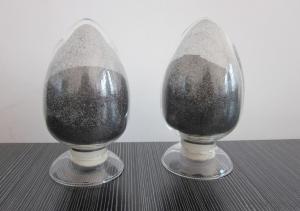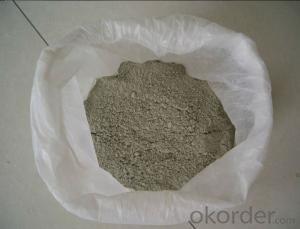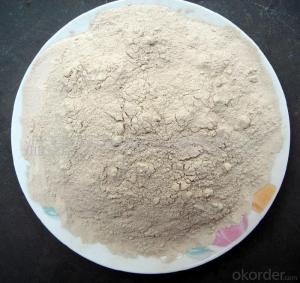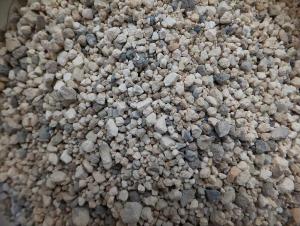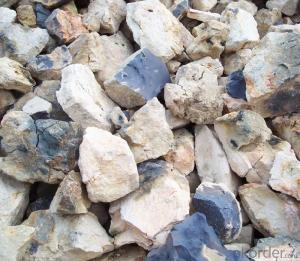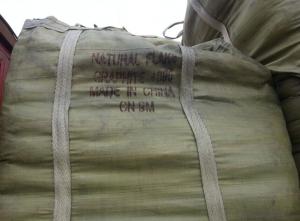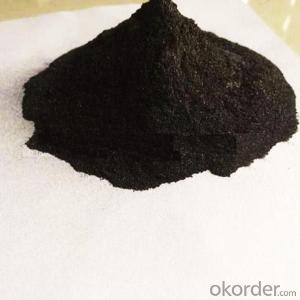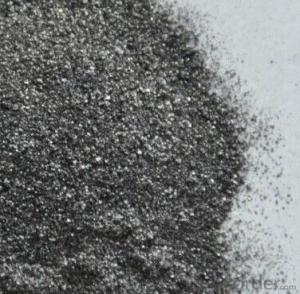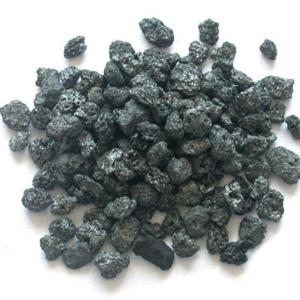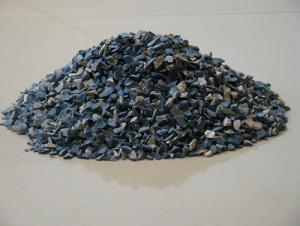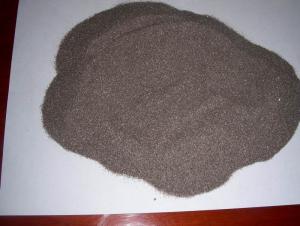Raw Materials for Refractory:NFG Natural Flake Graphite High Purity Good Price
- Loading Port:
- Tianjin
- Payment Terms:
- TT OR LC
- Min Order Qty:
- 0 m.t.
- Supply Capability:
- 20000 m.t./month
OKorder Service Pledge
OKorder Financial Service
You Might Also Like
Product Description of Natural Flake Graphite
1.Types:High-purity graphite,high carbon grahite.
2. Specifications:The particle size ranges from (325mesh-35mesh),
and the carbon content ranges from85 to 99.9%.
Packaging & Shipping of Natural Flake Graphite
Packaging: 1.25MT jumbo bags or 1MT jumbo bags
Delivery details: according to customers’ requirements
Application of Natural Flake Graphite
1.Used as release agent lubricant in the production of chemical industrial catalyzer.
2.Used as high temperature resistance lubricant base material,erosion resistance lubricant base material.
3.Used as powder metallurgy release agent and metal alloy material.
4.Suitable for making graphite refractory bricks.
PROPERTIES | CNBM-NFG1 | CNBM-NFG2 | CNBM-NFG3 |
Medium Carbon | High Carbon | High Pure | |
Carbon | 85-95% | 96%-99% | 99.9% |
Mesh | 45 μm-500 μm (325mesh-35mesh) | ||
V.M. | ≤4% | ||
Moisture | ≤0.5% | ||
Color | Black Shiny, | ||
Appearance | Flake | ||
- Q: What materials is silicious thermal insulation board made of?
- Refractories that contain more than 93% of the monox are acidic refractory materials which include ordinary silica brick, high-density and high-purity silica brick, silica brick that contains chromium, fused quartz products, unburned brick and siliceous ramming materials. It has good softening temperature under a fixed load and can resist corrosion of acid slag, but will have chemical reaction with alkaline slag. Silicious refractory of industrial value mainly is crystalline quartz, such as α and β quartz, tridymite and cristobalite.
- Q: How much modulus is used as refractories material of sodium silicate.
- Storage and use are very convenient, especially for mechanized and the evenly refractory material and the sodium silicatemodulus is generally...2. transportation. The appearance of product is pure white. Instant powdered sodium silicate, also known as instant sodium metasilicate.4 to 3, in powder form, automation. in the range of 3, hydrated sodium silicate
- Q: What are included in roof thermal insulation fireproofing material?
- Aluminium foil, bubble, aluminium foil/air bubbles/fireproofing aluminium foil thermal insulation material, fireproofing bubble thermal insulation material, fire?retardant thermal insulation material, thermal insulation construction materials, aluminum foil insulation material.
- Q: Selection of refractory materials?
- Basic refractories in Magnesium Oxide and calcium oxide as the main ingredient, commonly used is brick. Magnesium Oxide 80% to more than 85% containing magnesia brick, has good resistance to alkaline slag and slag, refractory clay brick and brick high ratio. Mainly used in open hearth furnace, oxygen converter, electric furnace, non-ferrous metal smelting equipment and high temperature equipment.
- Q: How to apply the alumina powder on refractories?
- What kind of the refractories can make the aluminium oxide increase the aluminum content and specific gravity, and erosion-resistant.
- Q: What is the main material of fireproof wooden door?
- Fireproof door is an important part of fire-fighting apparatus and society fire prevention, so the quality and use of fireproof door is the key to the success of the fire prevention. Some customers don't know clearly that whether the fireproof door should install a door closer. Today I specially read the explanation of relevant state departments for fireproof door, in the explanation in 5.3.3, fireproof door should be installed fireproof door closer or set, so that normally open fireproof door can automatically close close-door device of the door leaf (except for the use of special parts, such as pipe shaft doors, etc.) in the event of a fire. In other words, except for some special parts which don't need to be installed door?closer, such as pipe shaft doors, other parts are required to install fireproof door closer.
- Q: Can anyone tell me what is a high alumina refractory?
- High alumina refractories: High-alumina refractory products have high refractoriness, compressive strength and refractoriness under load, which are used for building the high-temperature parts of various large blast furnaces, such steelmaking furnace, airheater, electric furnace, rotary?kiln and other thermal equipment.
- Q: What is the quote of fireproof and soundproof materials used in KTV?
- acoustic material, aluminum foil glass wool, sound-deadening material, glass wool, cinema / KTV dedicated glass wool: The classification of glass fiber products: The category of glass wool felts: The level of insulation cotton: A-level brands: New applications: The origin of GB/T13350-2008: The coefficient of thermal conductivity(room temperature): 0.035 bending at low temperature≤: 0.02 elongation at break: ≤80kPa flexure strength: ≤120kpa Compressive strength: ≤150kpa application temperature: 700 Core material: The shape of glass wool: Fibrous shape: Coil Specifications: Complete quote is 23 Yuan per cubic meter. glass wool board, KTV sound insulation core material: The shape of glass wool: The level of rectangular glass wool: A-level non-combustible brands: Kunnai material: The origin of glass fiber: Guangzhou, Shijiazhuang, Wuhan, the quote there is 8.8 Yuan per cubic meter.
- Q: Can anyone tell me what is the material of which the mould for refractory is made?
- karat gold
Send your message to us
Raw Materials for Refractory:NFG Natural Flake Graphite High Purity Good Price
- Loading Port:
- Tianjin
- Payment Terms:
- TT OR LC
- Min Order Qty:
- 0 m.t.
- Supply Capability:
- 20000 m.t./month
OKorder Service Pledge
OKorder Financial Service
Similar products
Hot products
Hot Searches
Related keywords
